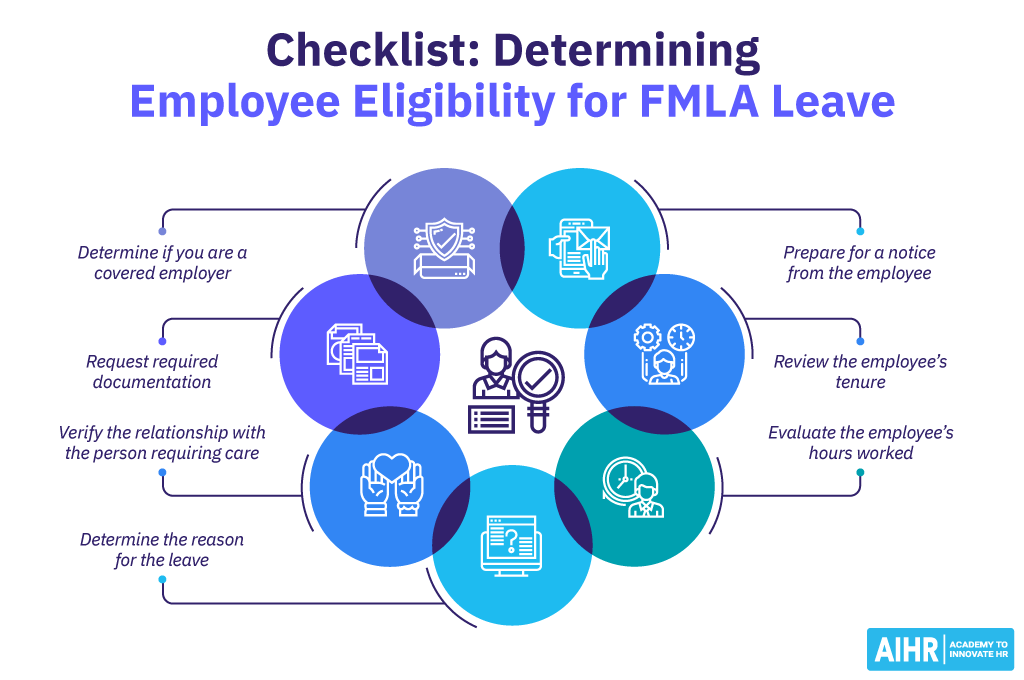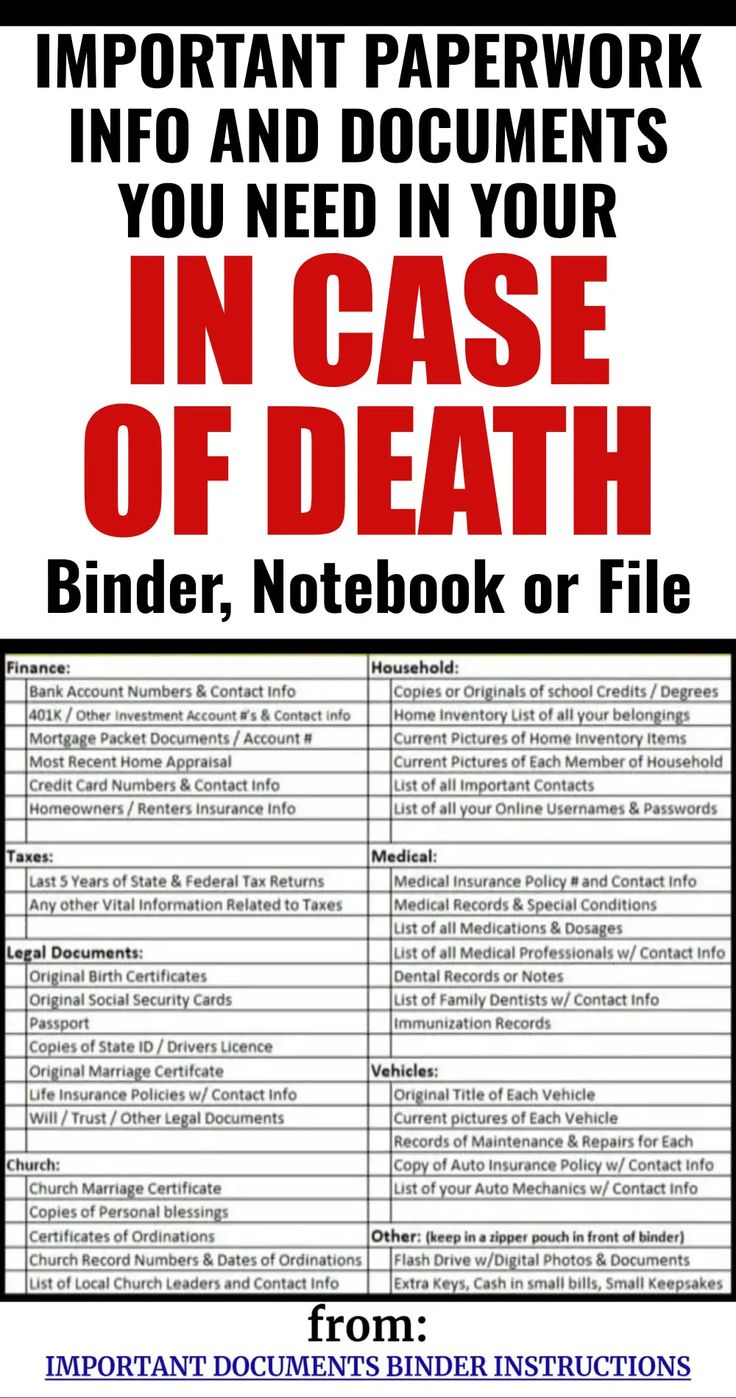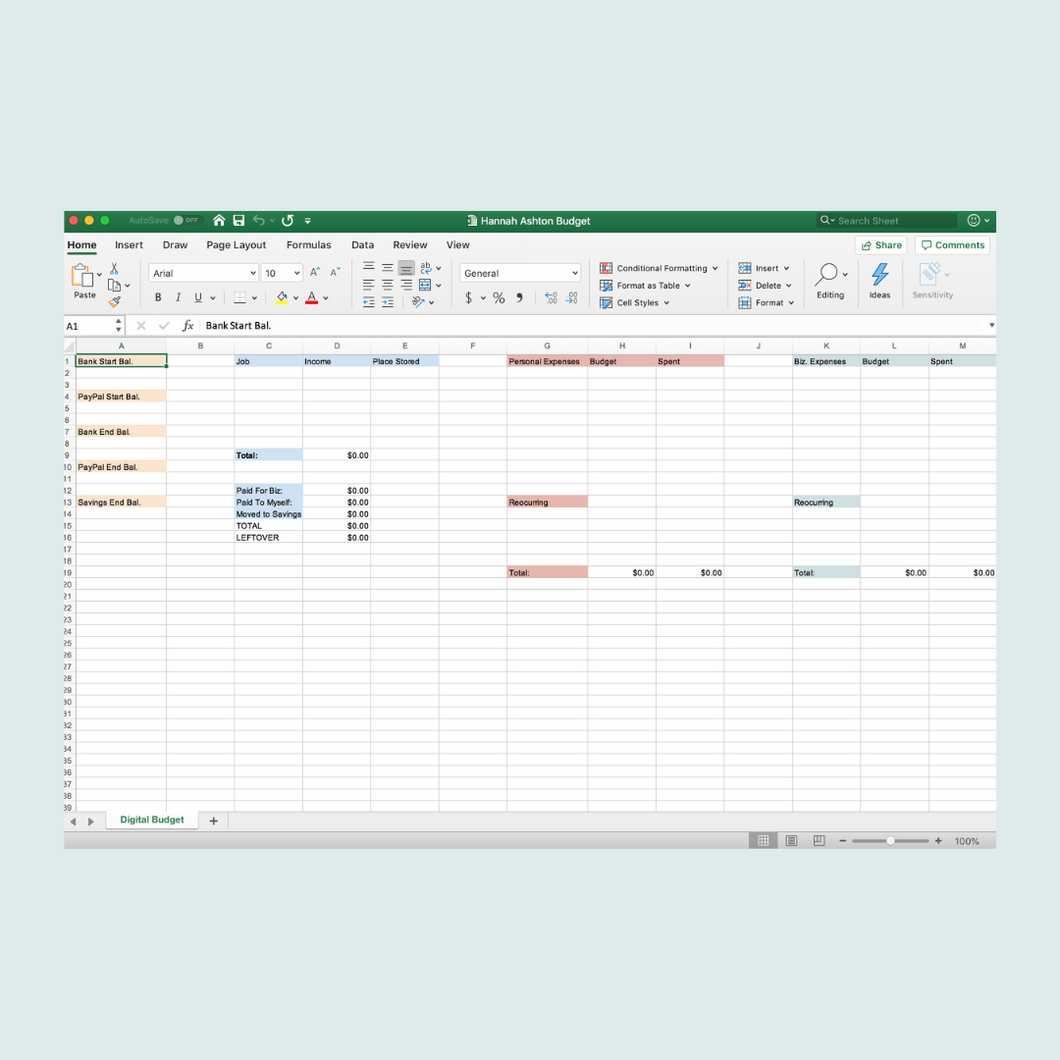Essential FMLA Paperwork Guide: What You Need

The Family and Medical Leave Act (FMLA) offers crucial support for employees who need to take time off for medical reasons or to care for family members. This guide provides a detailed look at the paperwork required under FMLA to ensure you can navigate the process with confidence.
What is FMLA?


FMLA, enacted in 1993, allows eligible employees to take up to 12 weeks of unpaid, job-protected leave in a 12-month period for specified family and medical reasons. Here’s what you should know:
- Eligible employees can take leave for the birth and care of a newborn child, adoption or foster care placement, to care for a spouse, child, or parent with a serious health condition, or when the employee themselves has a serious health condition.
- Eligibility requires having worked for the employer for at least 12 months, having at least 1,250 hours of service over the previous 12 months, and working at a location where the employer has at least 50 employees within 75 miles.
Types of FMLA Paperwork

To apply for or manage FMLA leave, you'll encounter several types of forms:
- Form WH-380E - Employee's Serious Health Condition
- Form WH-380F - Family Member's Serious Health Condition
- Form WH-381 - FMLA eligibility notice
- Form WH-382 - Designation notice
- Form WH-384 - Certification of Qualifying Exigency for Military Family Leave
- Form WH-385 - Military Caregiver Leave
Step-by-Step Guide to FMLA Paperwork

Step 1: Determine Eligibility

- Check your eligibility for FMLA with your employer. They must provide you with Form WH-381 detailing if you’re eligible.

Step 2: Notify Your Employer

- Provide notice to your employer either verbally or in writing as soon as possible. Detailed documentation follows this initial notification.
Step 3: Obtain Certification

- Health Care Provider Certification: Depending on the reason for leave, you’ll need to have Form WH-380E or WH-380F completed by a health care provider.
Step 4: Complete the FMLA Application

After receiving the necessary certification, submit your completed FMLA application forms to your HR or designated department:
- Include the certification from your health care provider.
- Ensure all dates of leave are accurately noted.
Step 5: Receive Designation Notice

- Your employer will provide Form WH-382, informing you whether your leave will be designated as FMLA-protected.
Step 6: Manage Leave and Return to Work

- Keep in regular communication with your employer regarding your leave status and any changes to your health condition.
📌 Note: Remember, your FMLA leave can be intermittent if your condition requires sporadic time off, not necessarily continuous weeks.
Additional FMLA Resources

Here are some additional resources for those seeking more information on FMLA:
Understanding the paperwork involved with FMLA can help ensure you maintain your job security while taking the necessary time to attend to your personal or family health issues. This guide has outlined the essential forms and steps to navigate the process effectively.
The process of managing FMLA leave might seem daunting initially, but with the right information and preparation, you can handle it smoothly. Keep track of all deadlines, maintain open communication with your employer, and ensure your paperwork is in order to avoid any complications during or after your leave.
What happens if I don’t qualify for FMLA?

+
If you don’t qualify for FMLA, check if your employer has similar leave policies in place or if state laws offer additional protections. Also, explore alternatives like short-term disability or vacation time.
Can I take FMLA leave intermittently?

+
Yes, under FMLA, leave can be taken intermittently, which means you can take time off in smaller blocks or by reducing your work hours. This is often used when medical treatment or recovery requires periodic time away from work.
Is FMLA leave paid?

+
FMLA leave itself is not paid, but you might be able to use other paid leave benefits simultaneously like sick leave, vacation, or employer-provided disability insurance, depending on company policy.



